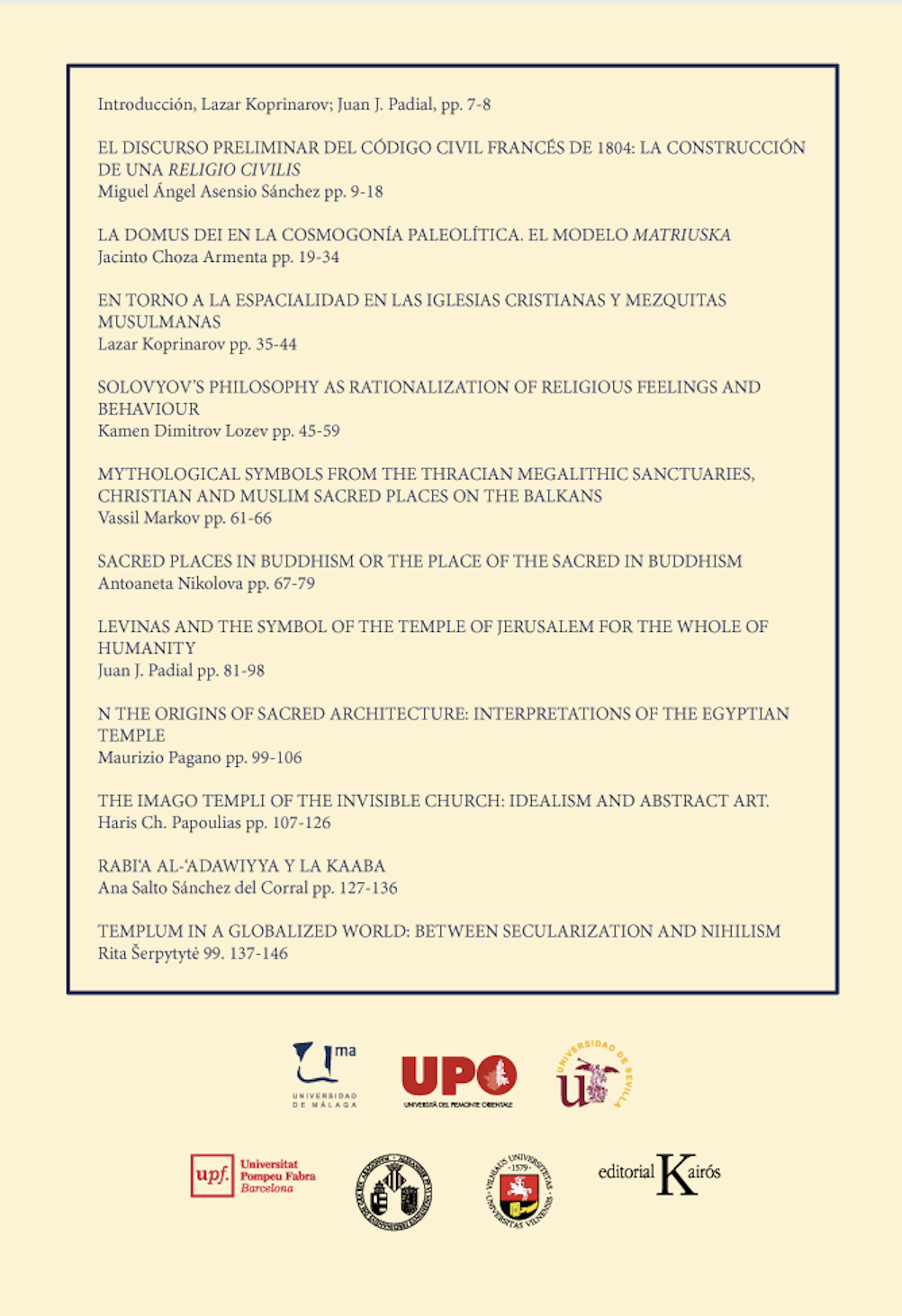ON THE ORIGINS OF SACRED ARCHITECTURE: INTERPRETATIONS OF THE EGYPTIAN TEMPLE
DOI:
https://doi.org/10.24310/Raphisa.2017.v1i2.4337Keywords:
Egypt, architecture, temple, symbol, image.Abstract
According to the interpretation of Hegel, Egyptian religious buildings, and among them especially the temples, represent the beginning of the history of architecture, and so the beginning of the entire history of art.
The Egyptian religious architecture has a symbolic character, because its configuration tries to represent the spiritual content without being fully adequate to it. So the Egyptian temple alludes to the divine through its entire structure, but does not have a proper internal space, dedicated to the worship of the image of God.
On this point, contemporary Egyptology corrected Hegel’s view, because broadly speaking the Egyptian temple had an interior where the image of the deity was safeguarded. However, Hegel’s thesis paradoxically remains suitable for a particular case of the Egyptian experience that he could not know at that time: in the monotheistic religion of Amarna, the temple of the sun-god Aton has no images and does not have a center, because the Divine is present everywhere, like the sunlight that illuminates equally all over the temple.
Downloads
Metrics
Downloads
Published
How to Cite
Issue
Section
License
License permitted by the journal: Public Domain. Authors retain the copyright and full publishing rights without restrictions.






